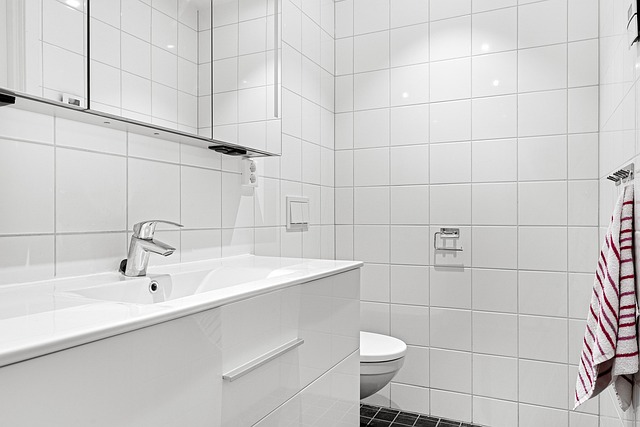Carpet shampooing is a deep cleaning method using specialized solutions to remove dirt and debris from carpet fibers. It's effective on various materials, with different shampoo types catering to specific needs. Preparation involves vacuuming and prompt stain treatment. The process includes pre-treating, wet vacuuming or steam cleaning, and regular maintenance. Proper tools, like manual or machine shampooers, ensure effective cleaning without damaging fibers. Common mistakes include using incompatible detergents and over-shampooing. Post-shampoo drying techniques prevent musty odors and mold growth. Regular maintenance extends carpet lifespan. Professional services offer expertise for heritage rugs, preserving their unique characteristics.
Carpet shampooing is an essential aspect of rug cleaning, ensuring deep purification and extension of your flooring’s lifespan. This comprehensive guide delves into the intricacies of carpet shampooing, covering everything from understanding the basics to choosing the right tools and techniques. We explore different types of shampoos, pre-treatment preparation, step-by-step cleaning processes, and critical post-shampoo care. By following these practices, you’ll maintain your rugs’ beauty and freshness, avoiding common mistakes that can mar their appearance.
Understanding Carpet Shampooing: The Basics
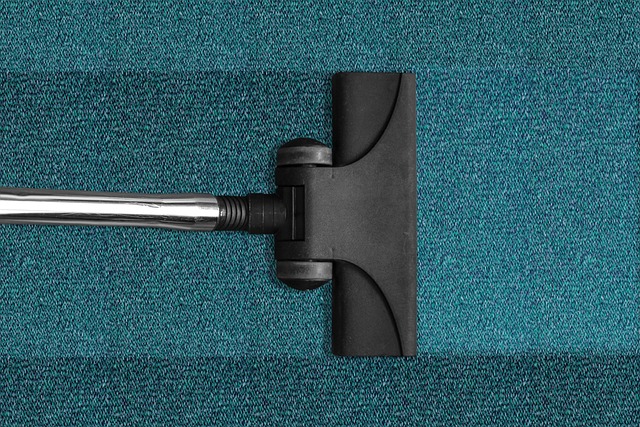
Carpet shampooing is a deep cleaning method that involves applying a specialized solution to carpets and then agitating it to remove dirt, grime, and debris. This process goes beyond surface-level cleaning, targeting the fiber depths where dust, allergens, and even pet hair can accumulate. By understanding the basics of carpet shampooing, you’ll be better equipped to maintain your rugs’ health and appearance.
The process typically includes pre-treating stained areas with a suitable solution, followed by thorough wet vacuuming or steam cleaning to extract the soiled water and shampoo. This method is particularly effective for carpets made from various materials, including wool, synthetic fibers, and more. Regular carpet shampooing not only improves aesthetics but also extends the lifespan of your rugs by preventing fiber damage caused by constant dirt buildup.
Types of Carpet Shampoos and Their Uses
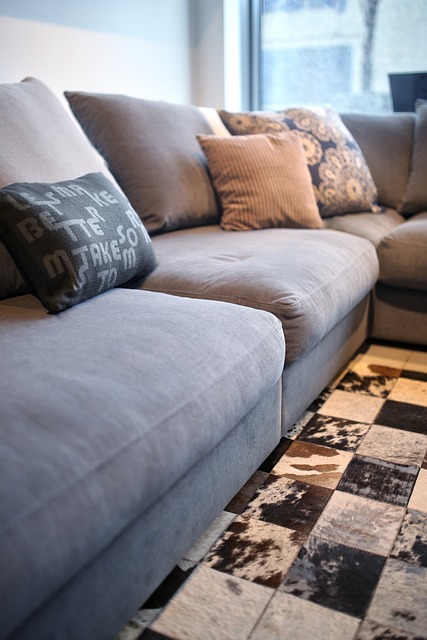
Carpet shampoos come in various types, each designed for specific cleaning needs and carpet materials. One common category is powdered carpet cleaners that transform into foamy solutions when mixed with water, ideal for deep cleaning and removing stubborn stains. These are gentle on most carpets but may require more effort to apply.
Liquid carpet shampooing options offer easier application and quicker drying times, making them popular choices for regular maintenance. They can effectively handle everyday dirt and grime but might not be as powerful against old or set-in stains. Always check the carpet’s care label before choosing a shampoo to ensure compatibility and optimal cleaning results.
Pre-Treatment: Preparing Your Rug for Shampooing

Before diving into the process of carpet shampooing, preparing your rug for cleaning is a crucial step. This pre-treatment phase involves several simple yet effective actions to ensure optimal results. Start by vacuuming your rug thoroughly; this removes surface debris and loose dirt, preventing it from becoming embedded deeper into the fibers during shampooing.
Next, address any stain issues. Identify and treat stains as soon as possible to avoid permanent discoloration. Spot-treat with appropriate cleaning solutions or consult a professional cleaner for stubborn cases. Pre-treating not only enhances the overall cleaning efficiency but also helps protect your rug’s colors and textures.
Step-by-Step Guide to Effective Carpet Shampooing

Carpet shampooing is an effective way to deep clean and refresh your rugs. Here’s a step-by-step guide for achieving optimal results:
1. Preparation: Begin by moving all furniture away from the carpeted area. Empty any trash or debris, and ensure the room temperature is comfortable. Prepare a solution of carpet shampoo using the recommended ratio of cleaning solution to water as per your chosen product. Fill a clean bucket or container with the solution. Grab your carpet cleaning machine, and make sure it’s in good working condition with fresh cleaning pads.
2. Spray and Scrub: Using the cleaning machine, apply the shampoo solution liberally onto the carpet fibers. Start from one corner and work your way across, ensuring every inch of the rug is saturated. Allow the solution to dwell for a few minutes according to the product instructions. Then, use the machine’s agitation settings to gently scrub the carpet. This will help dislodge dirt and grime deep within the fibers. Back up as needed with fresh solution, especially in heavily soiled areas.
Choosing the Right Shampooer: Manual vs. Machine
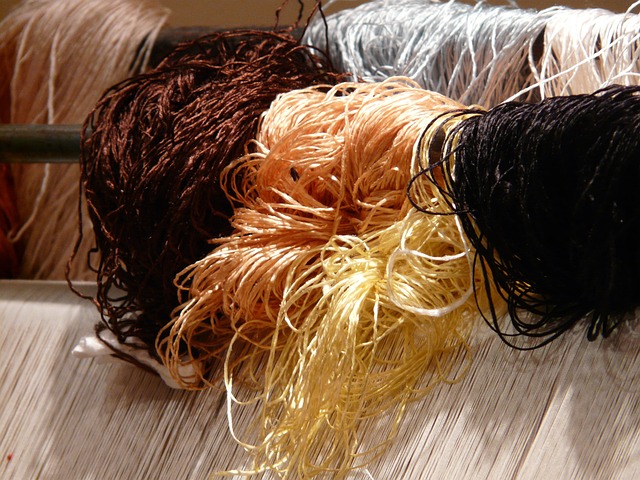
When it comes to carpet shampooing, selecting the appropriate tool is half the battle won. There are two primary options: manual and machine-based shampooers. Manual shampooers, operated by hand, are ideal for smaller, more intricate rugs or areas with limited access. They offer precise control, making them suitable for delicate fabrics and hard-to-reach corners. This method is also cost-effective and environmentally friendly, as it doesn’t rely on electricity or harsh chemicals.
On the other hand, machine shampooers, whether electric or steam, are powerful tools designed for larger carpets. They can efficiently remove deep-seated dirt and grime, offering a thorough cleaning experience. These machines are especially useful for heavily soiled rugs or those with stubborn stains. However, their size and weight might make them less accessible for small spaces or individuals with limited mobility.
Common Carpet Shampooing Mistakes to Avoid
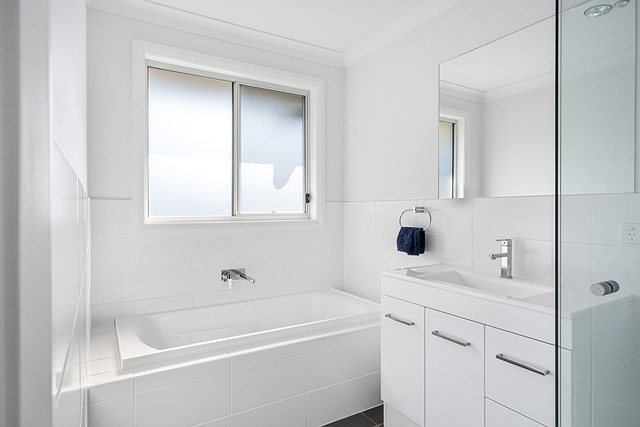
When it comes to carpet shampooing, making mistakes can lead to damaged fibres, discoloured stains, and an ineffective cleaning process. Here are some common errors to avoid during rug cleaning:
One frequent mistake is using the wrong detergent. Different carpets require specific cleaning solutions; using a harsh chemical on delicate fabrics can cause irreversible damage. Always check your carpet’s fibre type and choose a shampoo designed for that particular material. Over-shampooing is another issue; excessive soap residue can build up, attracting dirt and causing odours. Proper rinsing is crucial, ensuring no detergent remains after cleaning to prevent this.
Drying and Ventilation Techniques for Faster Recovery

After shampooing your carpet, proper drying and ventilation techniques are essential for a faster recovery and to prevent musty odours. The first step is to allow the carpet to air dry naturally. Remove as much water as possible with clean towels or absorbent materials, but avoid excessive rubbing which can cause further damage. Then, open windows and doors to create a cross-breeze, ensuring adequate ventilation throughout the room. This aids in evaporating any remaining moisture, reducing the risk of mould growth and prolonging the life of your carpet.
Additionally, using fans or dehumidifiers can accelerate the drying process, especially in larger spaces or during humid weather conditions. These tools help circulate air effectively, further minimizing the time required for complete carpet drying. Proper ventilation not only restores your rug to its pre-shampooed condition but also maintains the overall hygiene and freshness of your living space.
Maintaining Cleanliness After Carpet Shampooing

After carpet shampooing, maintaining cleanliness is crucial for preserving the rug’s quality and appearance. Allow the carpet to air dry completely before walking on it to prevent any moisture-related damage or mold growth. Regularly vacuum the rug to remove loose dirt and debris that might have been dislodged during the shampooing process. This simple step ensures a fresh and clean environment, extending the lifespan of your rug.
Additionally, treating stains promptly after shampooing is essential. Should any residue or new spots appear, address them immediately using suitable stain removal methods. Regular cleaning and prompt stain treatment, coupled with proper ventilation, contribute to maintaining the cleanliness and hygiene of your carpets, ensuring a pleasant living space for folks who appreciate a vibrant and bustling home environment.
Professional Rug Cleaning: When to Consider Experts

Professional carpet shampooing is often a game-changer for deep cleaning rugs that have seen better days. While some minor stains and everyday dirt can be managed at home, heavy traffic areas, deeply ingrained dirt, or delicate fiber types may require the expertise of rug cleaning professionals. These experts use specialized equipment and eco-friendly solutions tailored to different carpet and rug materials.
Hiring professional carpet shampooers is particularly recommended for antique or heritage rugs, as they possess the knowledge and skill to clean such valuable pieces without causing damage. Their experience ensures that the cleaning process respects the rug’s age, structure, and any unique characteristics, preserving its beauty and longevity for future generations.
